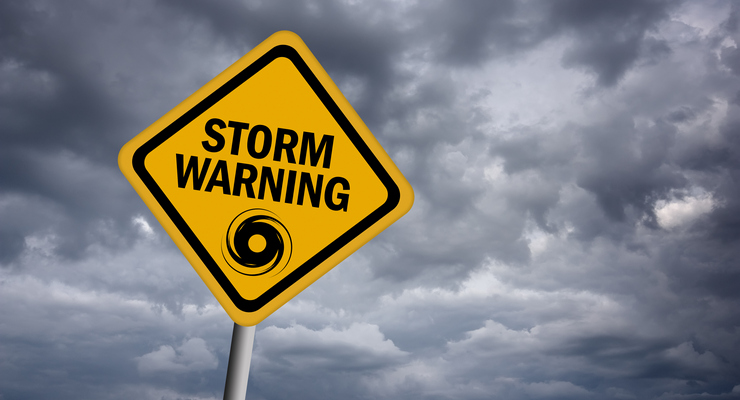
Tropical storms might not be something most Pasadenans know much about. But now we have one, and it’s time to study up quickly.
The National Oceanic and Atmospheric Administration urges individuals to be prepared to evacuate if they live in areas which might be prone to flooding, falling trees, or mudflows. The NOAA recommends individuals heed these tips.
- Secure your home. All windows should be covered in areas that are threatened by a tropical storm or hurricane. The NOAA recommends homeowners in such areas utilize permanent storm shutters, which can be closed and offer the best protection for windows. If a home does not have permanent shutters, the NOAA recommends boarding up windows with 5/8-inch exterior grade or marine plywood. That wood should be built to fit and ready to install. Purchase supplies in advance of hurricane season to ensure access to materials necessary to secure your home.
- Listen to the forecast. The NOAA advises individuals to visit the website of their local National Weather Service office as well as the website of their local government/emergency management office. NOAA Weather Radio also can be a great resource. NOAA Weather Radio broadcasts the latest weather information on seven frequencies in the 162.40 and 162.55 MHz range, and these broadcasts can be received up to 40 miles away from the local transmitter. Local radio and television stations also can be great resources for weather information during tropical storm and hurricane season.
- Evacuate if ordered to do so. If local officials issue evacuation orders, individuals should do so immediately. Individuals who remain in areas where evacuation orders have been issued put their own lives at risk, and also the lives of first responders. First responders may even be forbidden from rescue and recovery efforts in situations when evacuation orders have been issued. In such instances, rescue and recovery efforts may only be authorized after a storm has passed.
- Take refuge even if no evacuation order is issued. The NOAA recommends individuals who are not under an evacuation order take refuge in a small interior room, closet or hallway on the lowest level of the home during the storm. The more walls between you and the storm, the better, according to the NOAA. Avoid windows, skylights and glass doors during the storm.
Knowing what to do when under the threat of a tropical storm can save lives. Individuals who live in areas vulnerable to such storms may be well-versed in response protocols, but periodic refreshers can be beneficial. And anyone traveling to such areas on vacation is urged to familiarize themselves with strategies to stay safe when tropical storms or hurricanes touch down.











